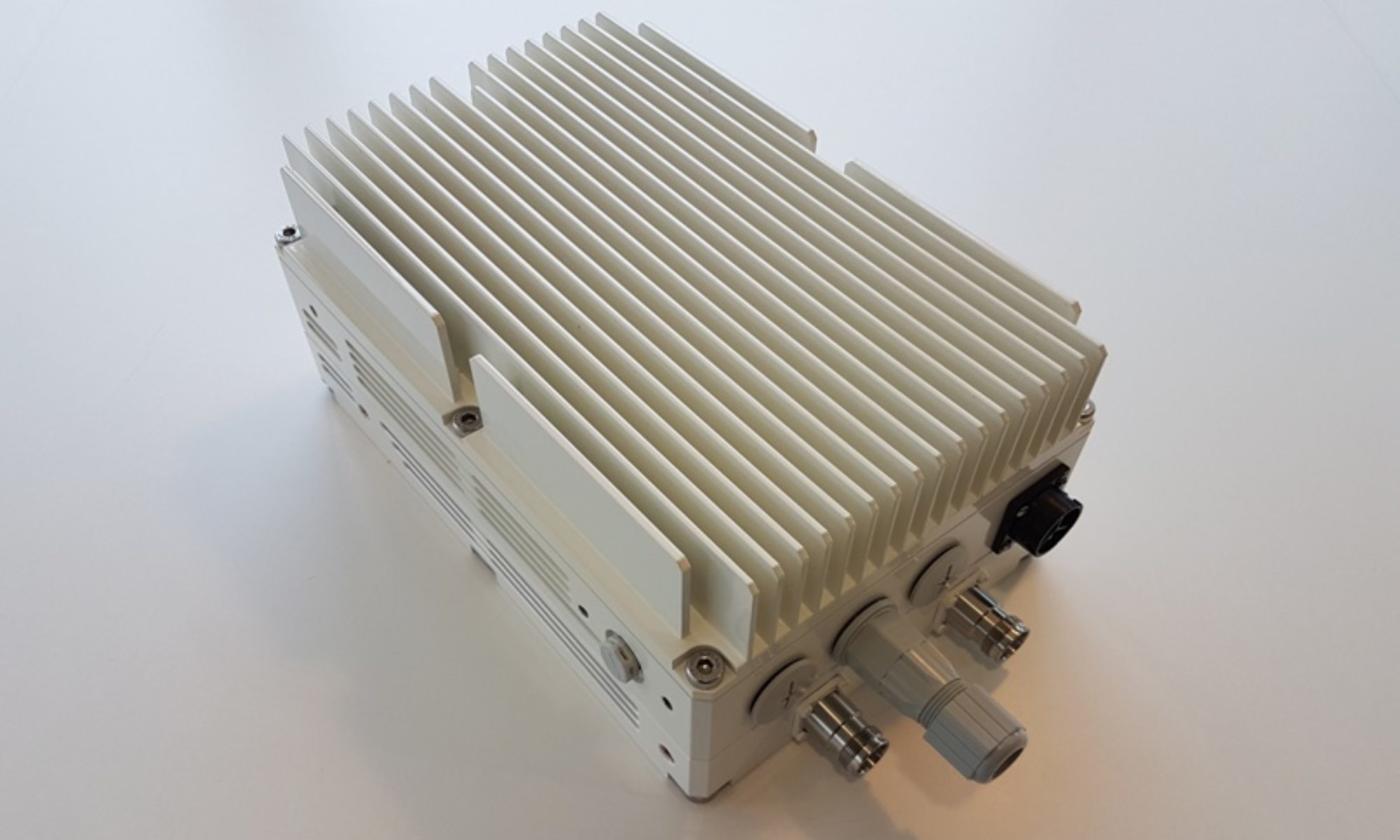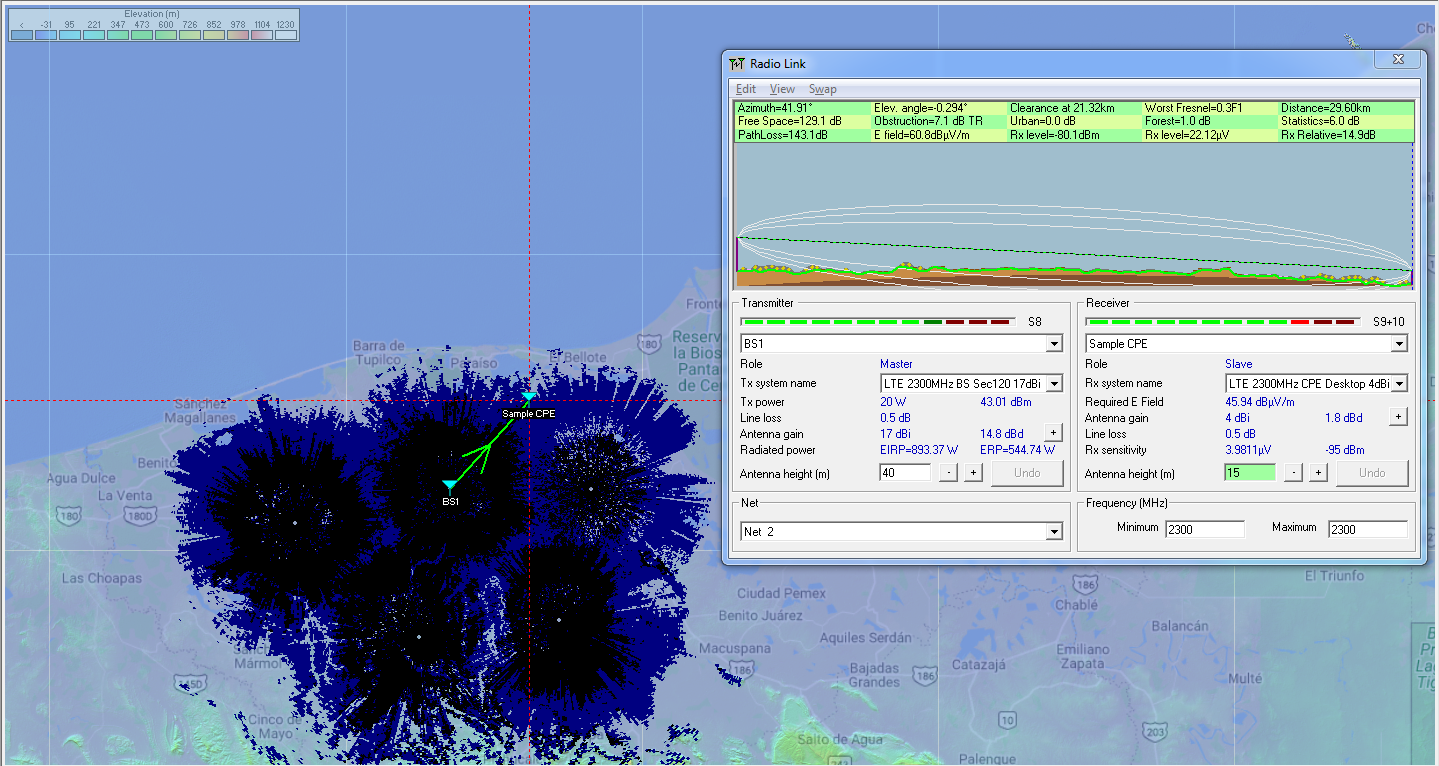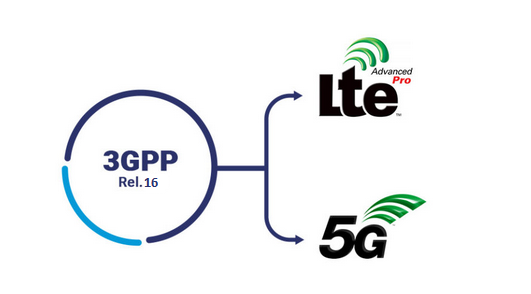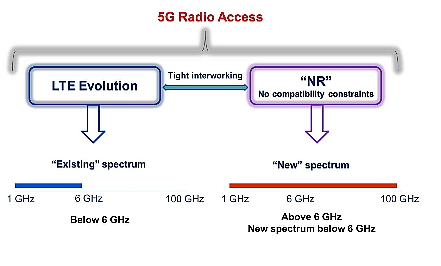5G-NSA and 5G-SA network architecture compared
For leading mobile network operators (MNOs), 5G is mainly about offering high-speed connectivity to consumers, on devices that support fifth-gen (5G-NSA and 5G-SA) network services. To smoothly transition from the existing legacy core to 5G, MNOs have two pathways: Non-Standalone (NSA) or Standalone (SA) architecture. And while they are both means to the same end, NSA and SA are structurally and functionally different.

NSA allows operators to leverage their existing network investments in communications and mobile core instead of deploying a new core for 5G. 5G Radio Access Network (RAN) can be deployed and supported by the existing Evolved Packet Core (EPC), lowering CAPEX and OPEX. To further lower network operating costs, operators can adopt the virtualization of Control and User Plane Separation (CUPS) along with software-defined networking (SDN). These initial steps will help quickly unlock new 5G revenue streams and offer faster data speeds.
5G-SA is a completely new core architecture defined by 3GPP that introduces major changes such as a Service-Based Architecture (SBA) and functional separation of various network functions. Its architecture has the definite advantage of end-to-end high-speed and service assurance, particularly useful for MNOs who are set to commence new enterprise 5G services such as smart cities, smart factories, or other vertically integrated market solutions. The deployment model enables the rapid introduction of new services with quick time-to-market. However, it means additional investment and complexities of running multiple cores in the network.
Architecturally, NSA includes a new RAN, deployed alongside the 4G or LTE radio with the existing 4G Core or EPC. 5G SA, on the other hand, includes a new radio along with the 5G Core (5GC), comprising completely virtualized cloud-native architecture (CNA) that introduces new ways to develop, deploy, and manage services. 5GC supports high-throughput for accelerated performance than the 5G network demands. Its virtualized service-based architecture (SBA) makes it possible to deploy all 5G software network functions using edge computing.

5G Standalone (SA) vs 5G Non-Standalone (NSA)
5G-SA Architecture
According to a survey, 37% of MNOs will deploy 5G SA within two years; 27% of operators plan to deploy 5G SA within 12 to 18 months with an additional 10% increase within 24 months. 5G SA architecture will allow operators to address the fifth generation of mobile communications, including enhanced mobile broadband, massive machine-to-machine communications, massive IoT, and ultra-low latency communications.

Standalone 5G-NR comprises a new end-to-end architecture that uses mm-Waves and sub-GHz frequencies and this mode will not make use of the existing 4G LTE infrastructure. The SA 5G NR will use enhanced mobile broadband (eMBB), Ultra-Reliable and Low Latency Communications (URLLC), and huge machine-type communications (mMTC) to implement multi-gigabit data rates with improved efficiency and lower costs.
5G SA also enables more advanced network slicing capabilities, helping operators rapidly transition to both 5G New Radio (NR) and 5G as the core network. Network slicing, URLLC, and mMTC bring ultra-low latency along with a wide range of next-gen use cases like remote control of critical infrastructure, self-driving vehicles, advanced healthcare, and more. However, the NR advanced cases are not backward compatible with the EPC, which is the framework that provides converged voice and data on a 4G LTE network. The level of reliability and latency that 5G provides will be indispensable for handling smart-grid control machines, industrial automation, robotics, and drone control and coordination.
5G-NSA Architecture
NSA-5G NR is considered as the early version of SA 5G NR mode, in which 5G networks are supported by existing LTE infrastructure. It fundamentally concentrates on eMBB, where 5G-supported handsets and devices will make use of mmWave frequencies for increased data capacity but will continue to use existing 4G infrastructure for voice communications.
NSA helps MNOs launch 5G quickly for eMBB to get a competitive edge in the telecom market. NSA also helps leverage its existing LTE/VoLTE footprint to maximize the LTE installed base and boost capacity while increasing delivery efficiency. It will not support network slicing, URLLC, and mMTC, but its higher broadband speeds will enable services such as video streaming, augmented reality (AR), virtual reality (VR), and an immersive media experience.
Non-Standalone 5G NR will provide increased data-bandwidth by using the following two new radio frequency ranges:
- Frequency range 1 (450 MHz to 6000 MHz) – overlaps with 4G LTE frequencies and is termed as sub-6 GHz. The bands are numbered from 1 to 255.
- Frequency range 2 (24 GHz to 52 GHz) – is the main mmWave frequency band. The bands are numbered from 257 to 511.
Technical Differences between 5G SA and 5G NSA
The main difference between NSA and SA is that NSA provides control signaling of 5G to the 4G base station, whereas in SA the 5G base station is directly connected to the 5G core network and the control signaling does not depend on the 4G network. In simple terms, NSA is like adding a solid-state drive to an old computer, which can improve the system’s performance, while SA is like replacing it with a new computer that has newer technologies and optimum performance.
Some benefits include:
- 5G-NSA is a low-cost update of core compared to a 5G Core needed for 5G-SA.
- 5G-NSA eases 5G network deployments as it reuses existing 4G facilities, thus allowing rapid time to market for 5G mobile broadband.
- With NSA, the deployment is faster and time-to-market is lower, as 4G locations can be used to install 5G radio. SA requires building 5G base stations and the back-end 5G core network to fully realize the characteristics and functions of 5G.
- SA involves a 5G core with SBA for scalability and flexibility to deliver a superfast network with ultra-low latency for advanced 5G use cases.
5G Usage Scenarios in NSA and SA Operation
The requirements of 5G NR for the SA provide a complete set of specifications for the 5G core network that goes beyond NSA. The three major usage scenarios defined for 5G by the 3GPP and GSMA include:
- Enhanced mobile broadband (eMBB)
- Ultra-reliable and low latency communications (URLLC)
- Massive machine-type communications (mMTC)
Future 5G Networks Include both NSA and SA
Early adopters of 5G primarily focus on 5G-NSA deployments as they compete to deliver 5G speeds with a quick time to market. These MNOs can move to SA-based architecture over a period of time, which most plan to do. 5G-NSA deployment remains a mainstream solution given its ability to handle both 4G- and 5G-based traffic, keeping these early adopters ahead of their competition as they undertake their network transformation. 5G devices are not widespread so the need for 5G-SA-based architecture is still nascent.
For the future, the convergence of NSA and SA will help operators move to a full 5G network. A complete virtualized 5G architecture will allow MNOs to migrate and choose varied functionalities of their existing NSA solution to the 5GC platform, as new 5G services are launched, allowing them to monetize their investment gradually rather than move all at once and enabling them to recover their costs over time.
Although 5G-SA is a more mature network architecture compared to 5G-NSA, NSA will continue to be the more commonly chosen path to 5G. All NSA single-mode 5G phones launched this year or early next year will be valid for a decade, and as SA architecture permeates, more and more 5G-SA devices will be in our homes and businesses.
For Further Information
Please Contact Us












